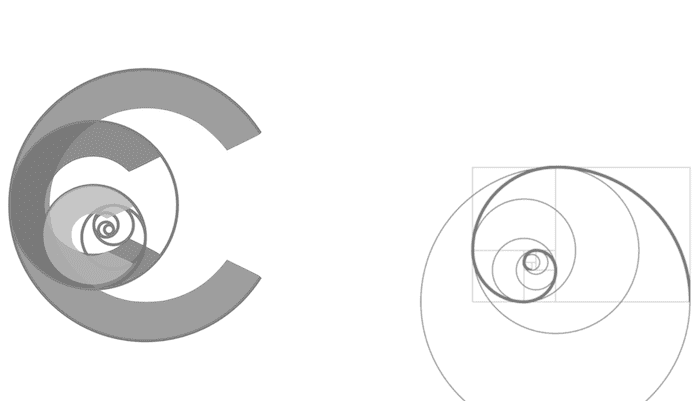Loss of vision DDx
Overview
Causes of visual loss or blindness can be categorised by presence or absence of trauma, transient or persistent and monocular or binocular.
Causes
Nontraumatic causes of transient (<24h) monocular vision loss
Common causes of non-traumatic transient visual loss include:
- amaurosis fugax (usually minutes) — usually embolic or thrombotic; can occur secondary to hypoperfusion states, hyperviscosity or vasospasm.
- migraine (can be without headache)
- one eye closed!
Uncommon causes include:
- papilloedema (may be associated with visual loss lasting seconds)
- other causes of ischemic optic neuropathy, e.g. giant cell arteritis
- impending central retinal vein occlusion (CRVO)
- glaucoma
- posterior reversible encephalopathy syndrome (PRES)
- large vessel occlusion or dissection, e.g. ocular ischemic syndrome (carotid occlusive disease), vertebrobasilar insufficiency, and carotid or vertebral artery dissection
- functional visual loss, e.g. hysteria, malingering
Nontraumatic causes of acute persistent monocular vision loss
Painless acute persistent loss of vision:
- central retinal artery occlusion (CRAO)
- central retinal vein occlusion (CRVO)
- retinal detachment or hemorrhage
- vitreous hemorrhage
- optic or retrobulbar neuritis
- internal carotid artery occlusion
Painful acute loss of vision:
- acute glaucoma
- endophalmitis
- uveitis
- keratoconus (vision can deteriorate rapidly and is associated with photophobia)
Nontraumatic causes of acute binocular loss of vision
Transient
- migraine
- vertebrobasilar insufficiency (transient)
Prolonged
- Stroke
- poisons/ toxic optic neuropathy (e.g. methanol, quinine, ethambutol, ergot alkaloids, salicylates)
- posterior reversible encephalopathy (PRES)
- optic or retrobulbar neuritis
- hysteria
- malingering
Post-traumatic causes of loss of vision
From ‘front to back’:
- lid injury
- orbital blow-out fracture
- corneal abrasion, irregularity or laceration
- hyphema
- traumatic mydriasis
- traumatic iritis
- ruptured globe
- traumatic cataract
- lens dislocation
- commotio retinae
- retinal detachment
- retinal or vitreous hemorrhage
- intra-ocular foreign body
- traumatic optic neuropathy or optic nerve avulsion
- CNS injury

[cite]

Critical Care
Compendium
Chris is an Intensivist and ECMO specialist at The Alfred ICU, where he is Deputy Director (Education). He is a Clinical Adjunct Associate Professor at Monash University, the Lead for the Clinician Educator Incubator programme, and a CICM First Part Examiner.
He is an internationally recognised Clinician Educator with a passion for helping clinicians learn and for improving the clinical performance of individuals and collectives. He was one of the founders of the FOAM movement (Free Open-Access Medical education) has been recognised for his contributions to education with awards from ANZICS, ANZAHPE, and ACEM.
His one great achievement is being the father of three amazing children.
On Bluesky, he is @precordialthump.bsky.social and on the site that Elon has screwed up, he is @precordialthump.
| INTENSIVE | RAGE | Resuscitology | SMACC
